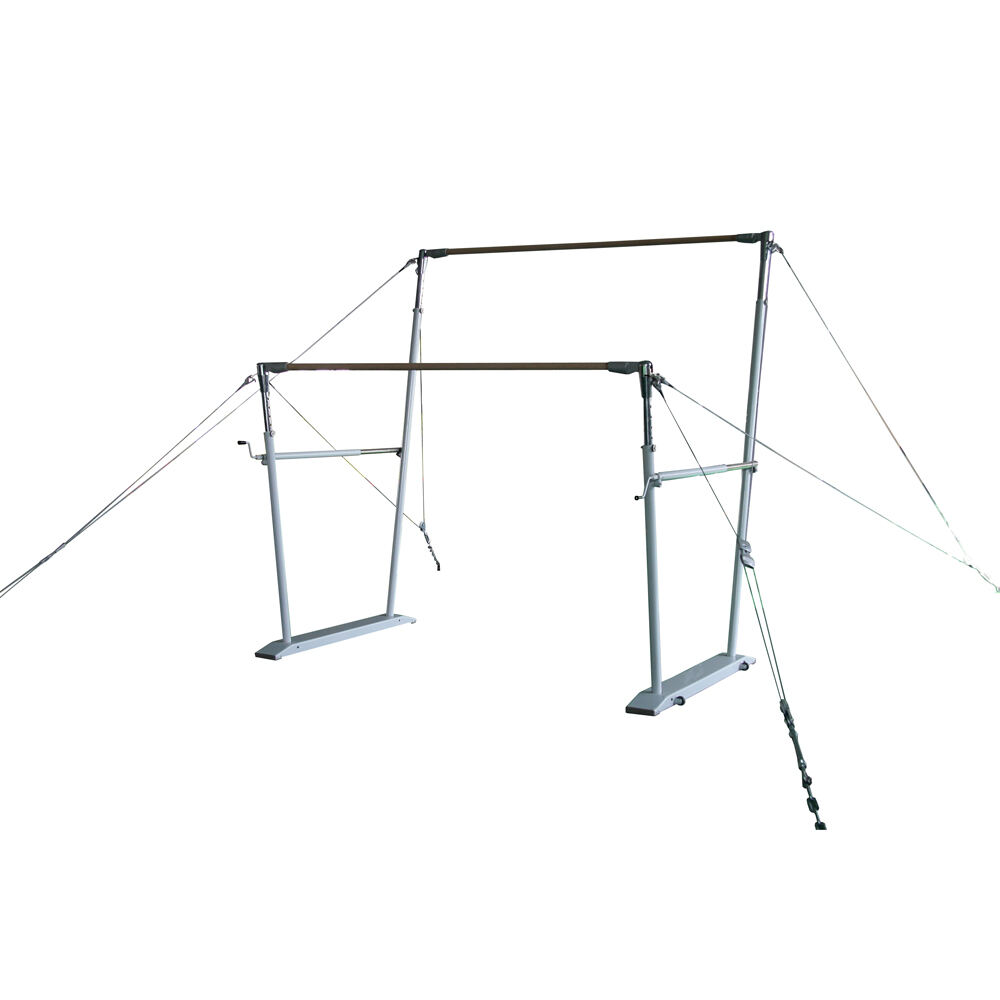Master the Art of Pull-Ups Through Strategic Training
The journey to achieving perfect pull-ups is both challenging and rewarding. A well-structured pull-up progression plan can transform you from struggling with dead hangs to confidently performing multiple clean repetitions. This comprehensive 5-week program is designed to build your strength systematically while preventing plateaus and maintaining motivation throughout your journey.
Whether you're starting from zero pull-ups or looking to increase your current numbers, this methodical approach will help you develop the necessary strength, technique, and muscle endurance. By focusing on progressive overload and proper form, you'll be well on your way to mastering this fundamental exercise.
Foundation Building: Week 1-2
Grip Strength Development
The foundation of any successful pull-up progression starts with building adequate grip strength. Begin with dead hangs, aiming to hold your body weight for 30-45 seconds. Perform 3-4 sets with proper rest intervals of 2-3 minutes between attempts. As your grip improves, try alternating between wide and narrow grip positions to develop comprehensive forearm strength.
Incorporate towel hangs and farmer's walks into your routine to further enhance grip endurance. These supplementary exercises will build the forearm strength necessary for maintaining proper form during pull-ups, especially during the latter portions of your sets when fatigue typically sets in.
Scapular Control Exercises
Mastering scapular control is crucial for proper pull-up execution. Practice scapular pulls by hanging from the bar with straight arms and pulling your shoulder blades down and together. Hold this position for 3-5 seconds before slowly releasing. Perform 4 sets of 8-10 repetitions, focusing on quality movement rather than quantity.
Additionally, incorporate inverted rows using a lower bar or Smith machine to develop upper back strength while maintaining proper scapular positioning. This exercise serves as an excellent progression tool for building the necessary back muscles used in pull-ups.
Building Strength: Week 3-4
Negative Pull-ups Training
Negative pull-ups are a crucial component of any pull-up progression plan. Start by jumping to the top position of a pull-up and slowly lower yourself down, taking 5-7 seconds to complete the descent. This eccentric training helps develop the muscles required for the concentric (pulling up) phase of the movement.
Begin with 3 sets of 4-6 negative repetitions, ensuring proper form throughout each lowering phase. As you gain strength, increase the time under tension by extending the lowering phase to 8-10 seconds. This controlled descent builds both strength and stability in the supporting muscles.
Assisted Pull-up Variations
Incorporate assisted pull-ups using resistance bands to bridge the gap between negative pull-ups and full body weight pull-ups. Select a band that provides enough assistance to perform 8-10 clean repetitions while maintaining proper form. As you progress, gradually transition to lighter resistance bands.
Perform 4 sets of assisted pull-ups, focusing on full range of motion and controlled movement. Pay special attention to maintaining tension throughout the entire movement, avoiding the common mistake of relaxing at the bottom position.
Advanced Progression: Week 5
Full Pull-up Integration
By week 5, begin incorporating full body weight pull-ups into your routine. Start with single repetitions, focusing on perfect form and complete range of motion. Rest adequately between attempts to maintain quality movement patterns. Aim for 5-7 single repetitions throughout your workout session.
As your strength improves, start linking repetitions together, working toward sets of 2-3 consecutive pull-ups. Remember to maintain proper breathing patterns and core engagement throughout each repetition. Record your progress to track improvements and maintain motivation.
Volume and Intensity Management
During this final week, carefully balance volume and intensity to prevent overtraining while continuing to make progress. Implement a pyramid training approach, starting with assisted pull-ups for higher repetitions, progressing to full pull-ups, and finishing with negative repetitions when fatigue sets in.
Structure your workouts to include 3-4 different pull-up variations per session, with adequate rest periods between sets. This varied approach helps prevent stagnation while building both strength and endurance in the pull-up movement pattern.
Recovery and Maintenance Strategies
Active Recovery Protocols
Implement specific recovery protocols to support your pull-up progression journey. Include daily mobility work focusing on shoulder and thoracic spine mobility. Perform gentle stretching for the lats, biceps, and forearms, particularly on rest days between training sessions.
Incorporate self-myofascial release techniques using a foam roller or massage ball to address any developing tension in the upper back and arms. This proactive approach to recovery helps prevent overuse injuries and maintains consistent progress throughout the program.
Nutrition and Rest Guidelines
Support your training with appropriate nutrition and rest strategies. Ensure adequate protein intake of 1.6-2.0 grams per kilogram of body weight to support muscle recovery and growth. Stay well-hydrated and consider supplementing with magnesium to support muscle function and recovery.
Prioritize sleep quality by maintaining a consistent sleep schedule of 7-9 hours per night. This allows proper recovery between training sessions and supports the nervous system adaptations necessary for strength development.
Frequently Asked Questions
How often should I train pull-ups during this progression plan?
Train pull-ups 3-4 times per week, allowing at least one day of rest between sessions. This frequency provides enough stimulus for progression while allowing adequate recovery time for your muscles and nervous system.
What if I can't complete all the recommended sets and repetitions?
Modify the volume and intensity to match your current ability level. Focus on quality over quantity, and gradually increase the workload as your strength improves. It's better to perform fewer perfect repetitions than many with poor form.
Should I continue with assistance exercises after achieving full pull-ups?
Yes, maintaining a mix of assistance exercises helps build overall strength and endurance while preventing plateaus. Continue incorporating negative pull-ups and band-assisted variations even after mastering body weight pull-ups to maintain progress and work different aspects of the movement.
How can I track progress during the pull-up progression plan?
Keep a detailed training log recording sets, repetitions, band resistance used, and time under tension for negative repetitions. Take video of your form periodically to ensure technique remains consistent as you progress. Track both quantitative and qualitative improvements throughout the program.


